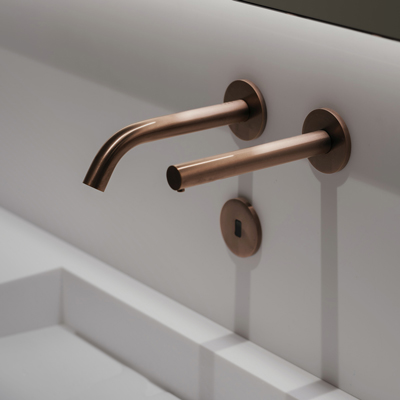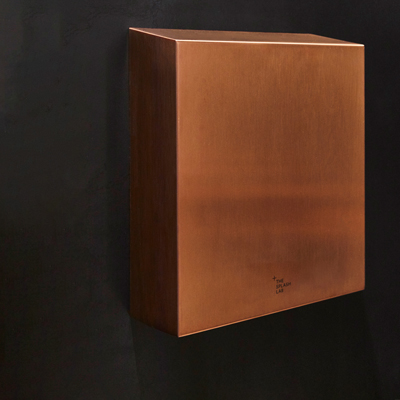I was one of 1,000 people that attended The Big Debate on 5 February 2018, chaired by New London Architecture (NLA) chairman Peter Murray, to discuss Mayor Sadiq Khan’s new London Plan. Jules Pipe, Deputy Mayor for Planning Regeneration and Skills, spoke about the challenges London faces and said the new plan was "intended to be a blueprint on how we can continue to succeed as a world city". The issues covered ranged from population density to the impact of Brexit and the importance of planning discussions to remember the human element beyond just numbers or architecture. Sadie Morgan, Co-Founding Director of dRMM Architects and Mayor’s Design Advocate for Greater London, covered the importance of design, emphasising its scope as not just aesthetics but a method of problem solving. We are glad to see The London Plan has a user-centric approach to washrooms. Mr Khan said last year, “I have vowed to be a Mayor for all Londoners, so I am determined to ensure that everyone has the ability to enjoy our great city to its fullest. Toilets are a vital public service and can help to shape the experience of the capital for those who live here and for those visiting.” The London Plan lays out its vision to spread economic and regeneration benefits across the whole of the city, ensuring it continues to thrive amidst housing and employment challenges while retaining its position as one of the most visited cities in the world. Last November, a panel at the What Next For The Square Mile event brainstormed why London is still unique, listing the following reasons; transport links, culture, English speaking, deep and complex human capital, financial service and that it is a city prepared to change. Supporting the vision of a 24/7 capital, we welcome the plan’s free publicly accessible toilets 24-hours-a-day policy. We also agree that public toilets can support businesses in boosting customer footfall by giving people more confidence to move around the city and spend more time in a place or space, as well as helping to keep London clean. Inclusive design is rightly central to the 530-page plan, with page 106 stating that a wide range of user groups should be considered when designing washrooms. These groups include the young and the elderly, the disabled and infirm, mothers feeding, those travelling with children and users with shopping or luggage, alongside issues of gender, ethnicity, faith, economic circumstances and mental wellbeing. It champions Changing Places toilets to open up new areas and experiences for people with profound and multiple impairments and their companions, removing the barrier that the lack of provision can create. Khan said, “We need a range of toilets that reflect the incredible diversity of this city – giving people the confidence to move around London with dignity.” We enthusiastically endorse cradle-to-grave thinking that supports the idea that “ongoing management and cleaning of facilities should be secured and agreed at the planning stage to ensure long-term provision is achievable. Whether provided inside buildings or externally, should be safe and clean". Design reviews are often too late and under too much pressure to make a difference. We have observed that co-designing washroom strategy with all stakeholders during stages 2 and 3 creates the ultimate washroom experience for both people and the planet. Email me lee.goodenough@lovair.com to share your views or to book a CPD to find out how to design inclusive washrooms to create amenities for all. Photographs: NLA











